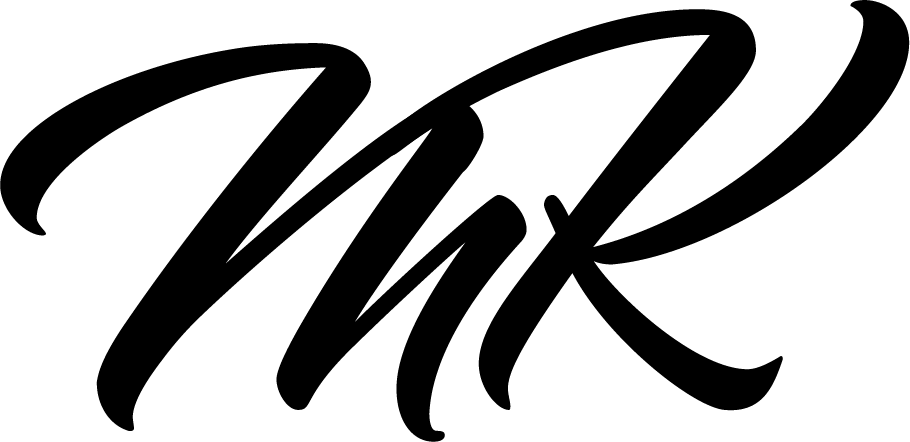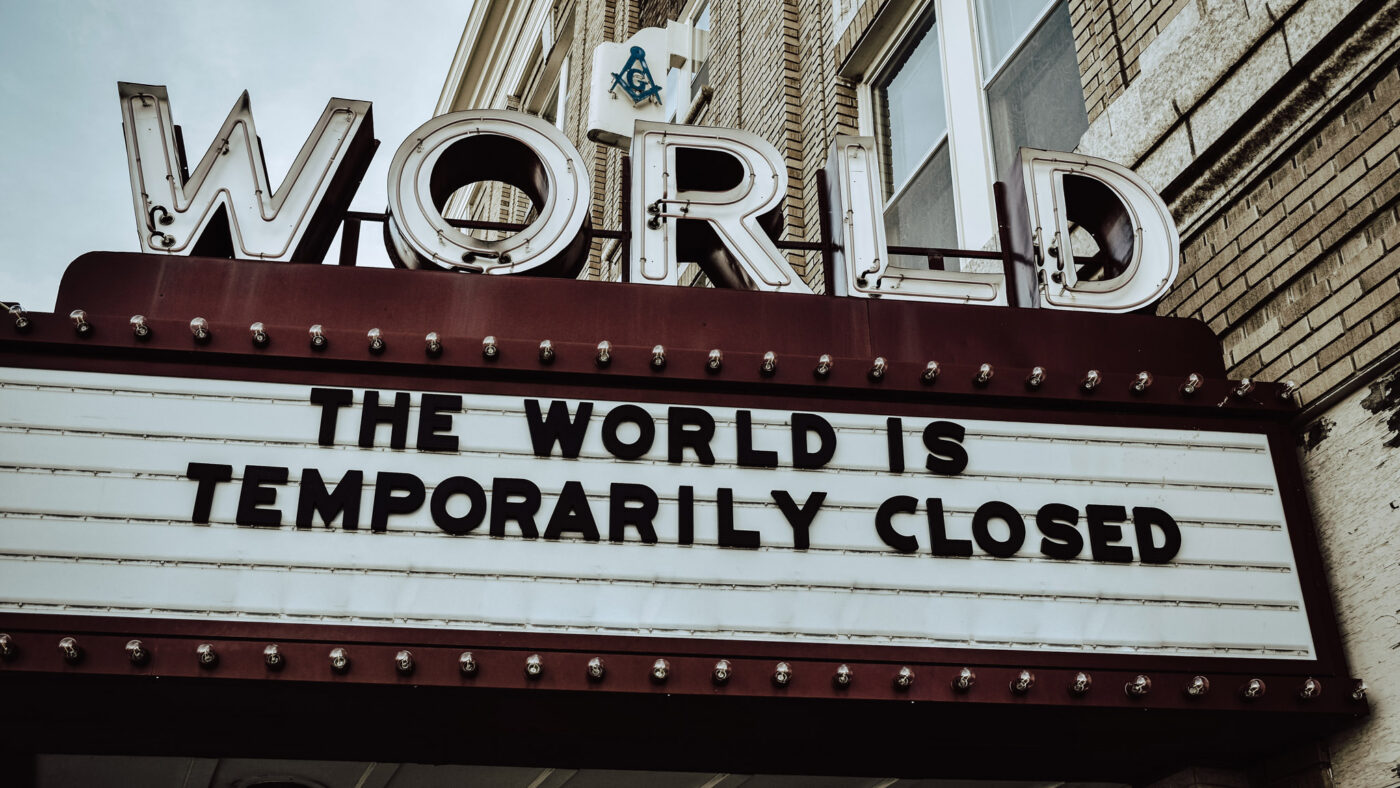
As 2020 reached its dramatic conclusion, and the world approached the one-year anniversary of the COVID-19 pandemic, websites and publications all shared a similar content strategy: curate the most harrowing images from across the globe that depicted life turned upside down. The visuals captured moments from hospital ERs, overwhelmed funeral homes, lonely and isolated home lives, overworked essential workers, and traditional events rendered anew in the face of public health protocols. National Geographic, in its January 2021 issue, asked, “How did photography capture such a year?” It swiftly replied that our digital culture made photojournalism one of the most significant tools of documentation.
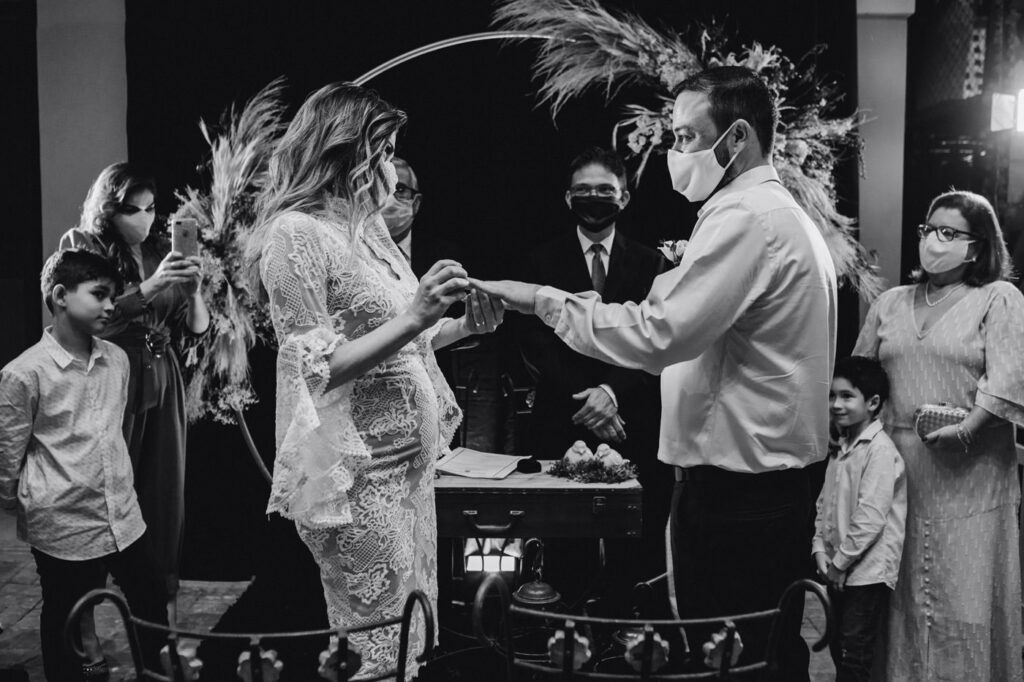
Seen through that lens, it’s easy to think of photographers and photojournalists as the truth-wielding, emotionally wrenching, cultural arbiters of our time. But photographers themselves have been impacted immensely in the past year. While images flooded our screens with daily depictions of distanced lives, professionals behind the cameras were challenged to flex new skill sets, reimagine their income sources, and simply find a way to make it all work without the regular opportunities to fund their lives and careers. Here were the cultural arbiters of our time, tasked with turning water into wine.
“The photo industry is still struggling to rebound from the COVID-19 pandemic after being hit hard last year,” Rangefinder Online wrote in a March 2021 article that summarizes a Zenfolio survey of professional photographers. The survey found that 63 percent of photographers saw a 40-percent decline in business in 2020 due to COVID-19, and almost 78 percent saw a decline of at least 20 percent. Not surprisingly, wedding photographers reported the hardest impact, and landscape and fine-art photographers reported the least.
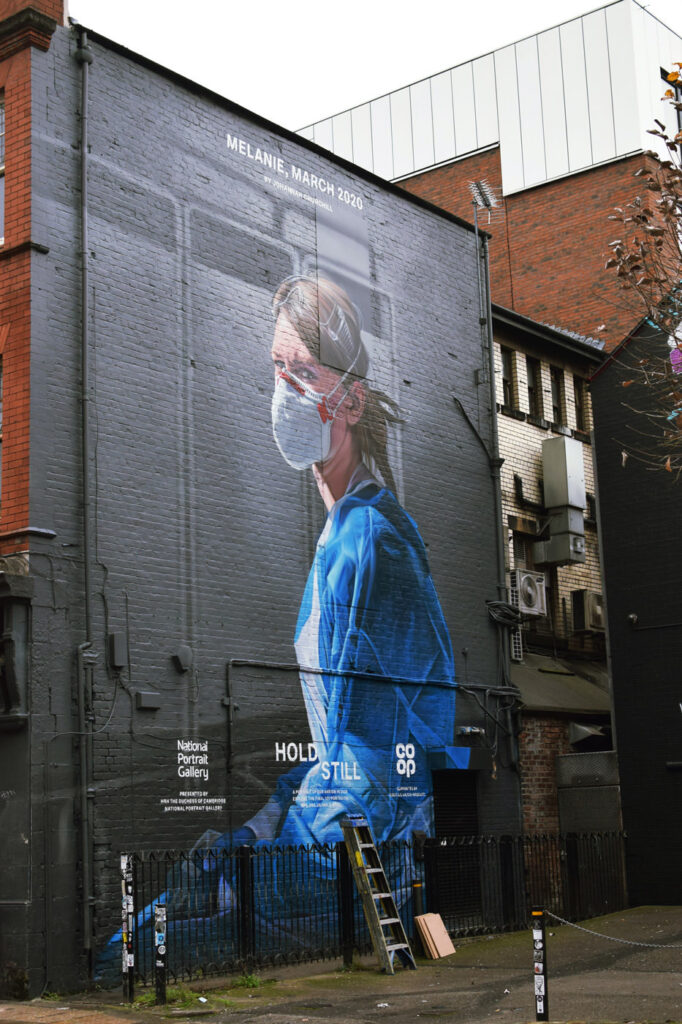
Still, for an industry that offers as much cultural impact as it does today, a whopping 68 percent of photographers are seeing their business slower than expected in 2021. So, how have photographers been coping?
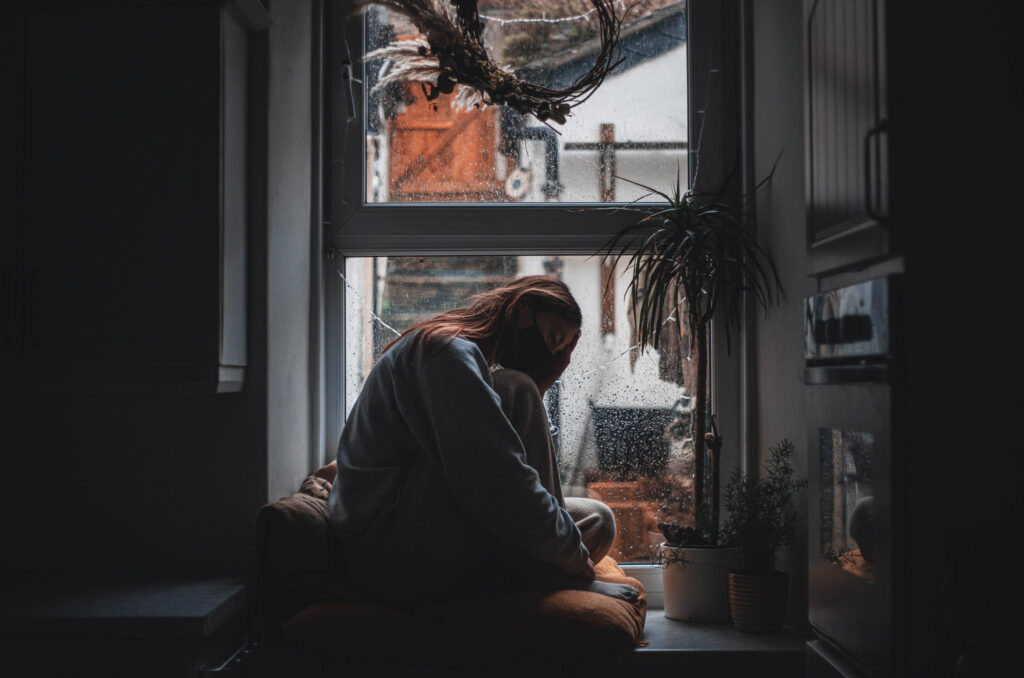
The Pivot
It’s safe to assume that few professionals are tasked with “thinking outside the box” as often as creative professionals. Seeing and operating differently than the norm is part of the job (or calling, if you prefer). When life itself was upended around the globe, photographers found themselves needing to pivot on a dime to stay afloat financially.
Refinery29 took a closer look at how 29 photographers were responding to the moment at hand. In Milan, Italy, Lucia Buricelli wrote, “I can’t wait to go back to photographing outside. I am really interested in documenting how life will have changed in the streets after this situation.” She added that the circumstances call for photographers to break out of their comfort zones. “Even if we are confined and limited in our spaces and contact with other people, we can always find a way to produce something cool.”
German photographer Julia Lee Goodwin echoed that sentiment. For the past four years, she is working as a fashion photographer. But when lockdown orders took hold, she pivoted: “Now, with no access to a team, I threw myself into shooting food, trying to translate my eye for fashion photography into still-life shooting. With this project, I created a typology as a study to see the way your eye is drawn to subjects depending on light, coloring, and layering.”
English photographer Ana Cuba found herself with a new approach to visual documentation as well. “I take a walk every day between 6 and 7 p.m. when the sun is really low, and I take my film camera with me,” she responded, adding that the habit has prompted her to pay closer attention to where light falls. “When I get to the park, the sun is gone from this beautiful, huge lavender plant, so I’m going to leave earlier today to try to get a nice photograph of it. Kind of makes me happy to have a tiny purpose like that.”

A new perspective?
How-to blogs and articles sprung up to guide photographers towards new revenue streams. Vallerret, a Norwegian company that designs premium photography gloves for cold-weather shooting, published a blog titled, “How to survive as a photographer through Covid-19 when all your gigs get cancelled.” With tones of encouragement and sympathy, they recommend that photographers consider selling photos online, putting together a photo book, harnessing the power of social media through YouTube and TikTok, creating a virtual course, and selling image presets.
Similarly, Toronto-based photographer and digital artist Alana Lee sought to soften the economic blow for photographers through a similar blog post. She wrote, “By using the resources and skills you already have, you can diversify and create new income streams to keep your small business running!” She recommends lending photo editing and retouching skills to businesses with marketing campaigns, and hosting virtual photography sessions. She also advises that photographers move their business online by selling additional images to clients from past sessions, selling photography stock and digital assets to sites like Shutterstock and Getty Images, and rendering their prints as wall art.
Are these drops in a bucket that will usher photographers into a new industry level, or is this simply photography in the COVID age? It depends on whom you ask and who’s up for the challenge. Lensrentals found, in an April 2020 survey of more than 1,000 photographers, that 18.6 percent were considering a new line of work altogether in the face of such challenges.
The New Reality
At present, the world is slowly re-emerging from the isolating stillness of quarantine, and reckoning with the devastating fallout from COVID-19. Vaccine distribution in Europe, North America, Asia, and South America has offered glimmers of normalcy on the horizon — or rather, a new reality.
The fashion industry has been steadily making its cautious return, and the lingering side effects of the pandemic still pose a number of obstacles. Fashion photography, after all, needed to pivot just as much as other creative professions.
A Vogue Business feature shed light on the different ways brands have been executing their marketing campaigns and promotional efforts. Truest to the traditional fashion shoot, Brooklyn photographer Mary Fix has managed a skeleton crew alongside a stylist, makeup artist, and model, and followed a number of safety protocols. She also introduced a new photography method of photographing models over FaceTime with an iPad or iPhone, which caught the attention of Victoria Beckham Beauty and resulted in a partnership.
In other situations, brands scaled back their on-set roles and asked models to perform the styling, lighting, and dressing themselves. The Vogue feature includes model Daphne de Baat’s insights on the new norm: “One client took the time to go over everything with me over Zoom, so I was prepared [to wear] a bunch of different hats… I just didn’t anticipate how much work it was going to be.”
Some fashion photographers have found their presence altogether eliminated because shoots are not a viable option for the time being. Drapers wrote in an April 2020 article that fast-fashion brands like Asos, Boohoo, and Zara invested in their trusted influencers, tasking them with snapping photos of their garments at home. The publication remarks: “The results are impressive. Although — naturally — less polished than a professional photoshoot, the content remains aspirational and appealing. Seeing product worn in bedrooms, living rooms and kitchens feels both more intimate and more relevant to consumers stuck at home.”
Marketing photography isn’t entirely lost to the quarantine mandate, though. Public health guidelines from governmental bodies have been filtered through various organizations to get professionals back to work. The Association of Photographers (AOP), headquartered in London, recently outlined protocols that affect every aspect of production, from contracts to casting to managing sets to catering and transport. The protocols are sweeping, detailed, and comprehensive.
The AOP didn’t graze over the challenging realities of being a photographer in the COVID age, either. Among other guidelines, they offer recommendations from a perspective that seems both familiar and sympathetic. They suggest taking a break from the news cycle for the sake of your anxiety, avoiding social media message boards, and keeping in touch with friends and family to “feel that bit more connected,” among other pearls of wisdom.
Similar to the how-to-pivot-your-business blogs, they issue guidance on remote working, cancellations, and managing existing and current work. They implore, “We suggest that now more than ever, you do all that you can to keep hold of your own cash — if clients want something paid for, upfront, for a commission, you really need to make every effort to get your client to advance you that amount, or for them to pay for it directly.” From top to bottom, they communicate a desire for photographers to take care of themselves so that everyone can get back to the business of photography, of documenting reality — of capturing life itself.
The future, of course, remains to be seen. The world may very well have no choice but to adjust to new realities, and life will fall in line accordingly. Zenfolio’s survey reflects a few anticipated outcomes, all a little different in their own ways: one-third of photographers are optimistic about business between now and June, one-quarter of them expect their business to continue to decline, and 50 percent expect it to take at least a year for business to return to normal.
Regardless, let’s hope that enough photographers haven’t lost their momentum. History, as it is written in the present, relies on their vision.
Do you have any suggestions, additions, is this post out of date, or have you found any mistakes? Please let us know. We also look forward to reading your own experiences in the comment section. You are welcome to share this post. We are very grateful for every recommendation.
